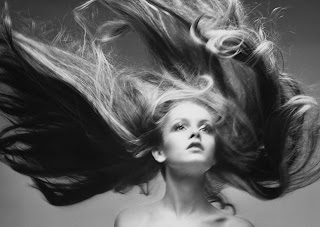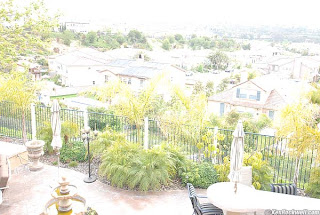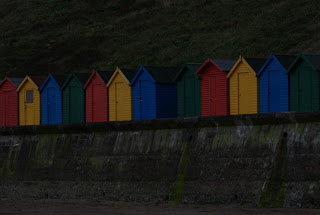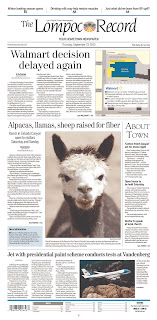Richard Avedon

Application:
A portrait is a photo that contains a face and a background, historically they were traditional artwork from artists being paid by rich people, but years had passed and now it's owned by a photographer.
Photographers like Joel Meyerouitch took his photos of oridinary people in New York's Central Park everyday during the 1960s, also in 1960s Diane Arbus was in New York taking photos.
In 1969 she photographed the Matthaei family, they were a rich family.
The photos that Diane took weren't really flattering but were interesting, the photo of the Matthaei daughter, called Marcella, shows her face being on the verge of adolescence.
Richard Avedon was a photographer who took photos during the 1950s until 2004, he put control behind his camera, in his photoshoots he shows emotion and movement on divine people and on people that reflects his opinion.
Larry Clark is a photo journalist who took photos of his everyday life and he also published a book in 1971, it was a simple title called Tulsa, it was pictures of nudity and sex, people taking drugs and guns at the ready, this was the reality of the world he lived in.
Context:
Historically you would see portraits in palaces and wealthy people's houses, whereas today you can see them in Art Galleries, in newspapers, magazines, Facebooks, famous faces on T-shirts, portraits on coffee jars, ID card of who you are and what you look like and finally, advertisments of the famous faces and the unknown sites.
Techniques:
The lighting on each and every photograph depends upon your surrounding environment, like the inside, you would need artificial lighting for a personal photoshoot of a portrait, whereas the outside you can use the natural light from the sun to project a picture that is unknown to us, for example, the back light would be the surrealistic version of a shadow walking the earth.
Diane Arbus used to whisper to her subjects to come closer and capture the photo.
Overexposure: It's a form of using too light and not enough shadows.

Underexposure: It's a form of using too much shaodws and not enough light.

Reflection: It's a form of using shaodw and ligh togehter while looking at the alternative version of your subject.










